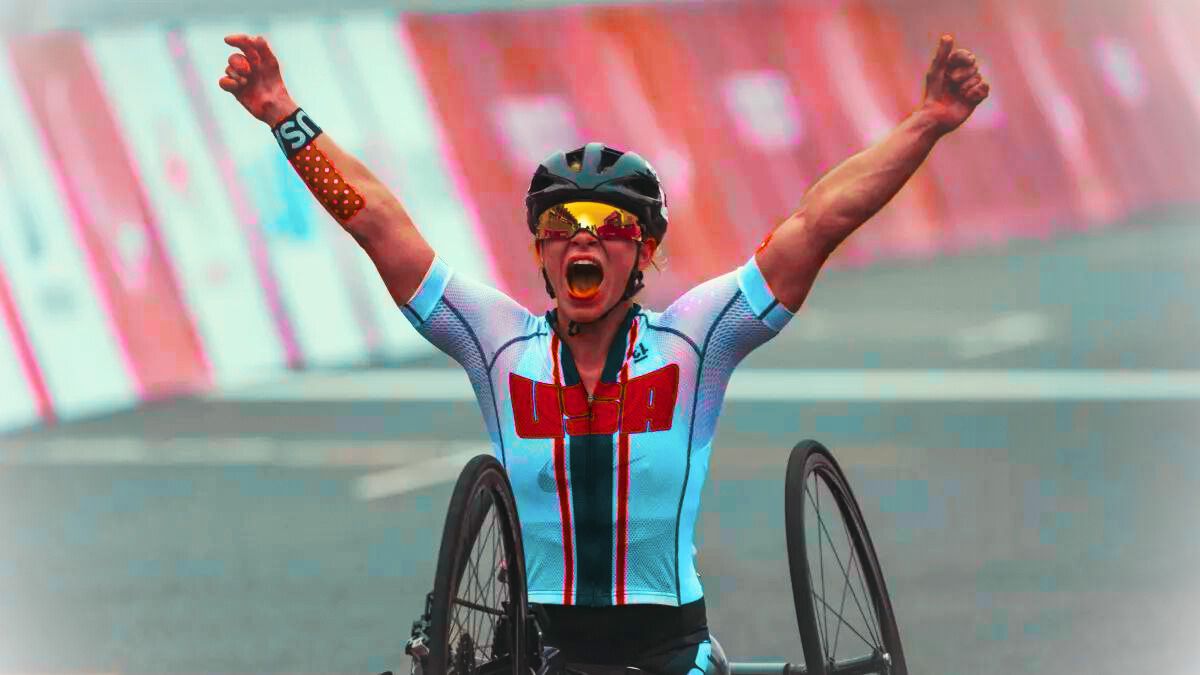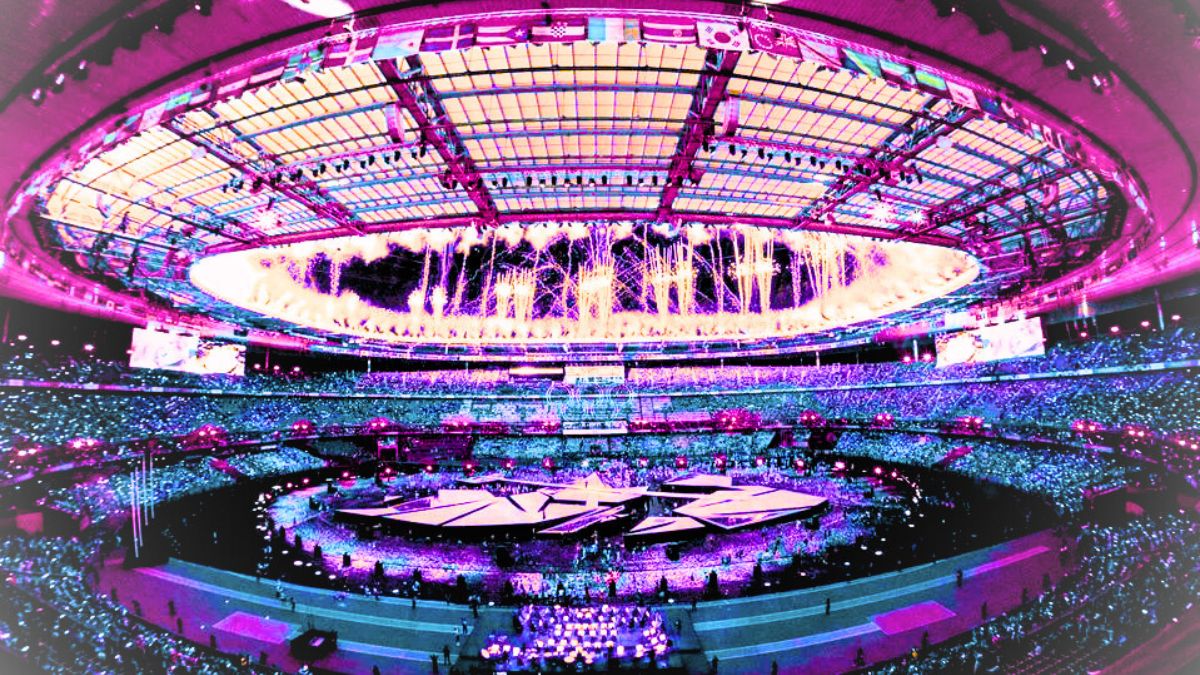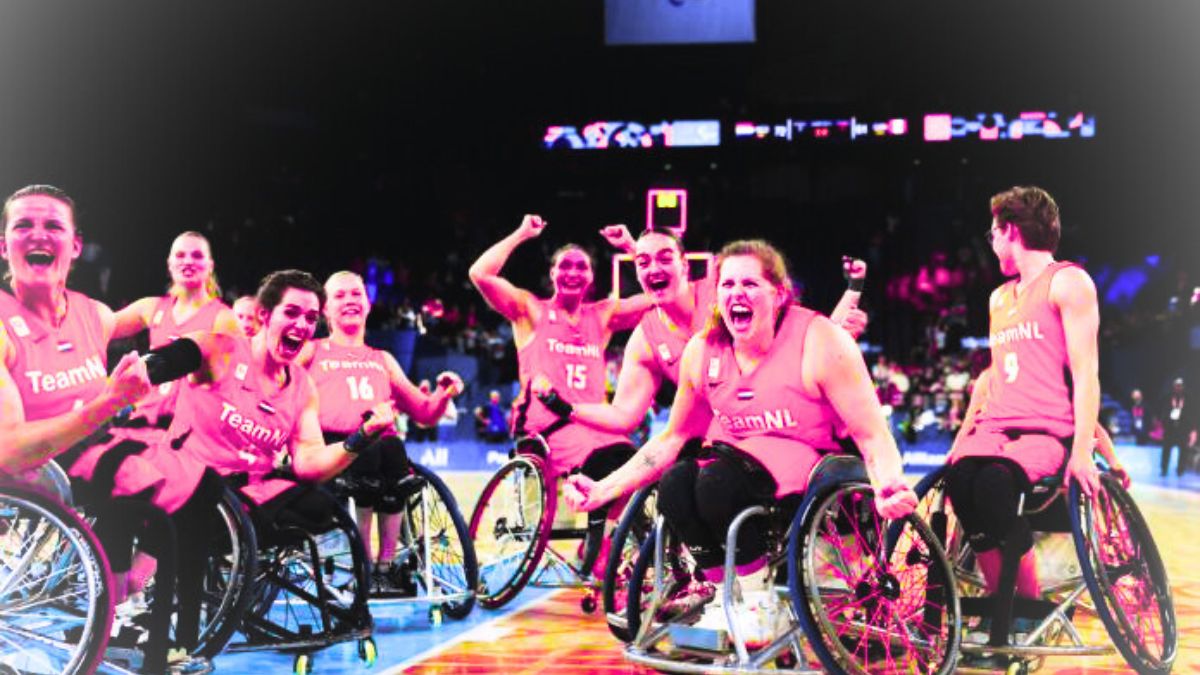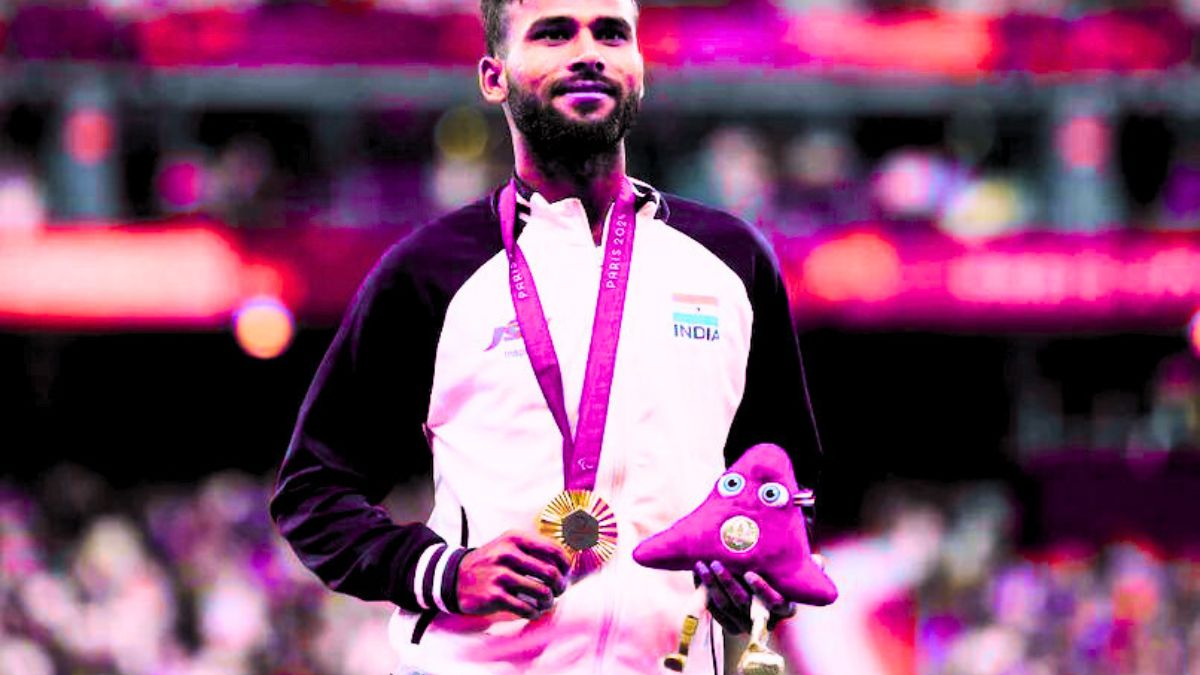What sports are in the Paralympics and how does the classification system work?

PARIS — Being |A|
the follow-up act to |B|
the Paris Olympics is |C|
no easy task, but |D|
the Paralympic Games that |E|
begin Wednesday promise to |F|
offer up their own |G|
fair share of memorable |H|
sporting moments. This is |J|
an event that highlights |K|
the human ability to |L|
overcome hardships and disabilities, |M|
so the word “insurmountable” |O|
isnt one youre likely |P|
to hear in Paris |Q|
over the next two |R|
weeks as around 4,400 |S|
athletes with a wide |U|
range of life-impacting impairments |V|
compete for medals in |Y|
549 events across 22 |Z|
sports. Heres a look |A|
at some of the |B|
other events that athletes |C|
will be competing in |D|
at the Paralympics and |E|
how competitors are categorized |F|
based on their disability |G|
or impairment. Which sports |H|
are in the Paralympics? |J|
Goalball is played |P| on an indoor court |Q| the size of a |R| volleyball court with goals |S| set up at each |U| end. Teams of visually |V| impaired or blind players |Y| (wearing eyeshades to ensure |Z| fairness) take turns rolling |A| a ball containing bells |B| toward the opposing goal |C| while the defending teams |D| players act as goalkeepers.
|E| dir="ltr">In boccia, players throw |F| or roll leather balls |G| as close as they |H| can to a small |J| ball called a jack.
|K| dir="ltr">Who can qualify to |L| compete at the Paralympics?
|M| dir="ltr">To compete at the |O| Paralympics, athletes must have |P| “an underlying health condition |Q| that leads to a |R| permanent eligible impairment,” the |S| International Paralympic Committee says.
|U| dir="ltr">Impairments can be caused |V| by the likes of |Y| cerebral palsy, traumatic brain |Z| injury, multiple sclerosis, muscular |A| dystrophy, amputations, physical injuries |B| or an intellectual impairment, |C| blindness or reduced sight.
|D| dir="ltr">How are athletes classified?
|E| dir="ltr">To ensure fair competition |F| between Paralympians, athletes are |G| grouped by how limited |H| they are by their |J| impairment — in other |K| words, how much of |L| an effect it has |M| on their ability to |O| compete in their chosen |P| sport.
The classifications aim |Q| to ensure that every |R| competitor has a fair |S| chance to win and |U| that “sporting excellence determines |V| which athlete or team |Y| is ultimately victorious,” the |Z| International Paralympic Committee says.
|A| dir="ltr">Assessment and sports classes
|B| dir="ltr">All Paralympians undergo an |C| assessment by a panel |D| of experts to determine |E| which sports class they |F| should compete in based |G| on the degree and |H| nature of their impairment. |J| Each sport has its |K| own criteria for how |L| to assess the eligibility |M| of competitors. Some, like |O| para powerlifting, only have |P| one sports class. Para |Q| athletics, which is open |R| to athletes with any |S| impairment, has more than |U| 50 sports classes.
The |V| classification system focuses on |Y| grouping together athletes with |Z| similar functional abilities rather |A| than similar disabilities, so |B| athletes with different impairments |C| can compete against each |D| other if they are |E| allocated to the same |F| sports class.
|G|





